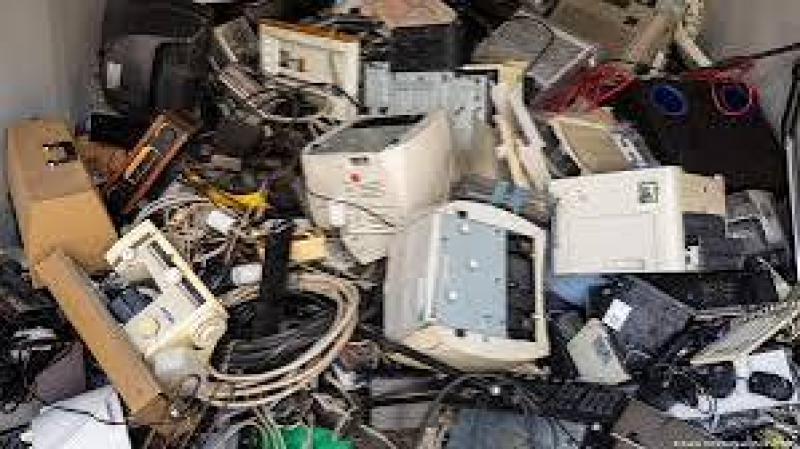- UN Calls for Calm in Bangladesh After Protest Leader’s Killing |
- DMP issues 7 traffic directives for Osman Hadi’s Janaza |
- Vested quarter fuelling chaos to impose new fascism: Fakhrul |
- Hadi’s namaz-e-janaza at 2:30pm Saturday |
- Jashore’s Gadkhali blooms with hope; flowers may fetch Tk4 bn |
UN warns of e-waste 'catastrophe'

The United Nations warned on Wednesday that waste from electronic devices is creating an environmental catastrophe.
A joint report by the UN's International Telecommunications Union and the research arm UNITAR said recycling lags well behind the mass of e-waste being created, including discarded mobile phones, computers, televisions, and other devices.
What else did the report say?
The UN report said around 62 million tons of e-waste were generated in 2022. The number could reach 82 million tons by 2030, according to the report.
The UN said unmanaged electronic waste leads to 45,000 tons of harmful plastics and 58 tons of mercury entering the environment each year.
The report said only 22% of the e-waste mass was properly collected and recycled in 2022. Much of the waste is burned, thrown in landfills or improperly recycled.
On average, every person on Earth generates around 7.8 kilograms (17 pounds) of e-waste each year, reports DW.
E-waste recycling rates are highest in developed countries and lowest in Africa.
However, a substantial portion of the world's e-waste is sent to developing countries from wealthier countries.
Around 18 million tons of e-waste are processed in developing countries, where workers often don't have access to proper equipment and are exposed to harmful substances.
The report also foresaw challenges emerging out of the shift towards cleaner energy sources due to the need to dispose of batteries, heat pumps and solar panels.
Difficult for consumers to act
"This is a big catastrophe for the environment," Kees Balde, lead author of the latest Global E-waste Monitor, told the AFP news agency.
Balde said it is difficult for consumers to do much to stem the tide of e-waste accumulation if governments and businesses do not make devices easier to recycle.
"It's very easy to buy something. It's just a few clicks... It's far more difficult to dispose of them," he said.
He said e-waste is often generated in developed countries and shipped to developing countries "disguised as a second-hand good."

